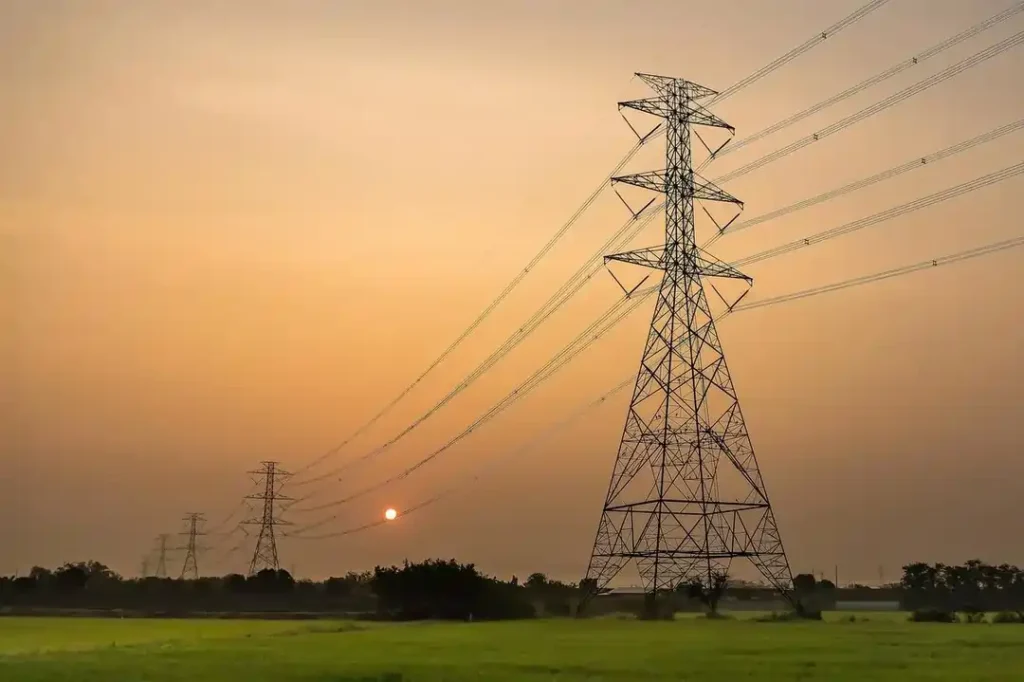SYLLABUS
GS-3: Infrastructure: Energy, Ports, Roads, Airports, Railways etc
Context: The Ministry of Power recently released the Draft Electricity (Amendment) Bill, 2025.
Key Features of the Bill
- Healthy Competition:
- The Bill shifts from a monopoly-based electricity supply system to a performance-driven model.
- It allows both public and private utilities to operate, fostering efficiency and better service delivery.
- Protecting Vulnerable Consumers:
- Subsidised tariffs for farmers and low-income households are safeguarded.
- State Governments may continue to provide these subsidies under Section 65 of the Act.
- This ensures affordable access to electricity while maintaining fair pricing practices.
- Strengthening Regulatory Powers:

- State Electricity Regulatory Commissions (SERCs) are empowered to determine cost-reflective wheeling charges.
- This supports financial stability for distribution licensees and encourages efficient network use.
- Rationalising Tariffs and Cross-Subsidies
- The Bill promotes cost-reflective tariffs and rationalisation of cross-subsidies.
- This helps optimise network utilisation and makes industrial power more affordable.
- Enhancing Transmission Infrastructure
- It strengthens the Inter-State Transmission System (ISTS) by enabling competition among Transmission Service Providers.
- Oversight by the Central Electricity Regulatory Commission (CERC) ensures transparent and efficient operations.
Pros of the Bill
- Competitive Market: The Bill actively promotes competition by breaking distribution monopolies and enabling multiple players to operate in the same area, thereby enhancing consumer choice, service quality, and overall efficiency.
- Protection for Vulnerable Groups: The Bill ensures equitable access by firmly safeguarding subsidised tariffs for farmers and low-income households.
- Financial Stability: The Bill strengthens the financial health of discoms by promoting cost-reflective tariffs and rationalising cross-subsidies, which also facilitates fresh investments.
- Stronger Regulation: The Bill enhances regulatory accountability by empowering SERCs to set wheeling charges and revise tariffs proactively.
- Efficient Infrastructure Use: The Bill boosts network efficiency by allowing shared use of distribution infrastructure, which reduces duplication, lowers costs, and improves overall utilisation.
Cons of the Bill
- Implementation Hurdles: The transition to a competitive market will face resistance from state utilities as they will seek to protect their revenue streams and market share.
- Cross-Subsidy Transition Risks: The rationalisation of cross-subsidies will impact affordability for certain consumer groups if the transition is not phased gradually.
- Regulatory Overlaps: The expanded functions of SERCs and the Electricity Council will lead to coordination challenges and potential procedural delays.
- Infrastructure Gaps: The requirement to upgrade networks for competition and shared usage will place significant investment and execution pressures on states, especially those with limited capacity.
Way Ahead
- Robust Implementation: The reform process will move forward with clear timelines, strengthened institutional capacity, and active stakeholder participation to ensure a smooth rollout.
- Gradual Cross-Subsidy Reform: The transition will follow a phased reduction of cross-subsidies, supported by targeted subsidies that safeguard vulnerable consumers.
- Better Coordination: Regulatory bodies will operate with enhanced coordination to prevent overlaps and enable faster, streamlined decision-making.
- Consumer-Centric Approach: Consumer interests should be prioritised by strengthening awareness initiatives, grievance redressal systems, and protection mechanisms in a competitive market environment.
- Continuous Review: The reform framework will incorporate regular monitoring and adaptable policy measures to prevent unintended consequences and keep progress aligned with intended outcomes.
Sources:
Pib
TribuneIndia
TribuneIndia

